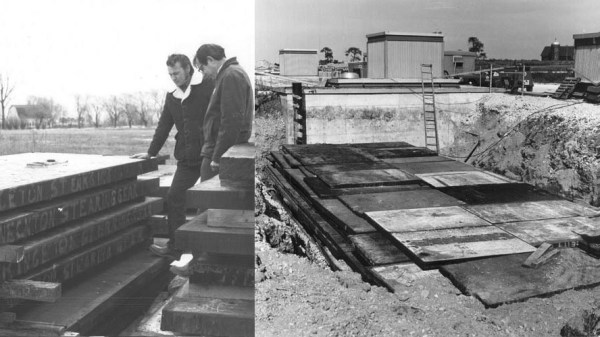Performing high-energy physics experiments can get very expensive, a fact that attracts debate on public funding for scientific research. But the reality is that scientists often work very hard to stretch their funding as far as they can. This is why we need informative and entertaining stories like Gizmodo’s How Physicists Recycled WWII Ships and Artillery to Unlock the Mysteries of the Universe.
The military have specific demands on components for their equipment. Hackers are well aware MIL-SPEC parts typically command higher prices. That quality is useful beyond their military service, which lead to how CERN obtained large quantities of a specific type of brass from obsolete Russian naval ordnance.
The remainder of the article shared many anecdotes around Fermilab’s use of armor plate from decommissioned US Navy warships. They obtained a mind-boggling amount – thousands of tons – just for the cost of transport. Dropping the cost of high quality steel to “only” $53 per ton (1975 dollars, ~$250 today) and far more economical than buying new. Not all of the steel acquired by Fermilab went to science experiments, though. They also put a little bit towards sculptures on the Fermilab campus. (One of the few contexts where 21 tons of steel can be considered “a little bit”.)
Continue reading “Military Surplus Repurposed For High Energy Physics”












